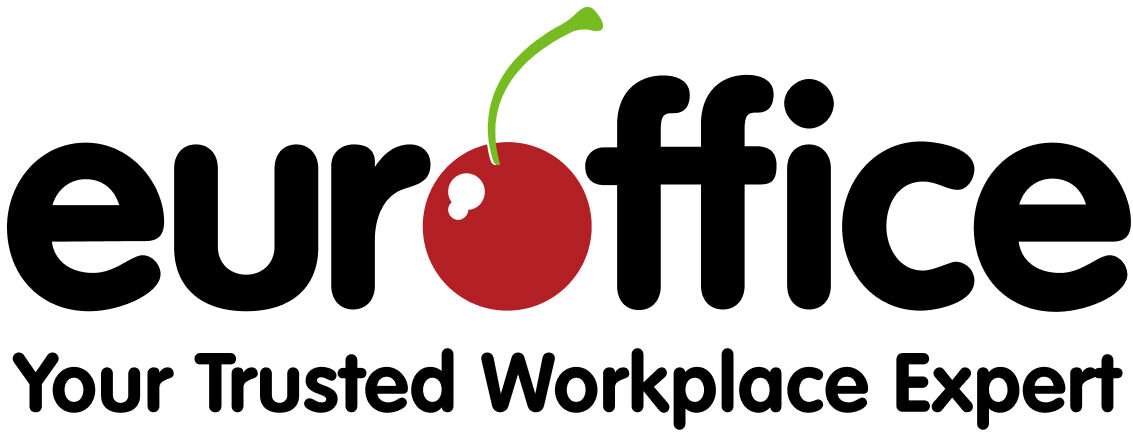Every new school year marks a fresh start for teachers and students. Both may return energised but teachers need to start planning for the year ahead.
Teachers are coming under increasing pressure, thanks to budget cuts, larger class sizes and increasing admin.
Add in the focus on SATs and school league tables, new marking systems or Ofsted inspection criteria – it’s no wonder one survey says they are twice as stressed as all other workers. Given the demands on their time, good planning has become critical for teachers.
Schools usually provide staff with an academic diary or a planner, which is a part of school stationery. It’s a manual of school policy, which also includes pages for teachers – from forms for school records, registration and timetables to lesson observation and curriculum notes.
But, instead of using standard school stationery, many teachers use a notebook or diary for their planning. And they combine it with apps to keep on top of tasks and to-do lists.
Apps, however, are difficult to synchronize and don’t give you a unified view of all your work. And school stationery planners can be impersonal and short on flexibility.
The answer lies in creating your own planning diary, tailored to your own teaching practice. All you need is a blank notebook.
Set up your planning diary
Look at the bullet journal method as a springboard for organising the diary. It’s based on using tasks lists and reviewing progress, but you can adapt this format.
Put simply, a bullet journal is based on a table of contents that you set up in the opening pages. Then you number the rest of the pages and allocate them to different topics, entering the number of the page for each topic in the index. This is how one American teacher has devised a weekly spread. She also uses a ring binder for detailed lesson plans.
You can create sub-divisions within each teaching topic – ideas for lessons, classroom games, marking. Cross-reference these in your index and you have all the information at your fingertips. One way to start is to:
- Make a list of the sections needed for your subject, both teaching and admin
- Think about the process: planning, reviewing lessons, homework lists, pupil notes, meetings
- Think about targets: short/long term goals, weekly/monthly task plans, reviewing progress
We’ve come up with some suggestions on sections, with a checklist of tips for each. For example:
Back to school tasks
- Review lessons for the first week – have a back-up plan in case some teaching materials are not available
- Look at the student list – are any of them taking special classes; will they need help finding their way around?
- Check school stationery supplies: pens, exercise books, staplers, folders, easels, bulletin boards
Lesson preparation
- Define objectives. For example, do you want to challenge pupils, or encourage them to analyse information and decide whether it’s important or useful?
- Work out the lesson structure – how to begin and end the class, create pupil groups, switch activities and move to different stages of the lesson.
- Do an overview of the subject plan across the school terms. Would some sections be better suited to a different term – or could you change the sequence?
Reviewing a lesson
- Note what worked well in the classroom – through student feedback or new ideas they brought up. How could you adjust your lesson to include these?
- Ask students to summarize the previous lesson. Would it be useful to have a 5-minute recap at the end of each class?
- Assess the impact of any higher order questions: did they stimulate abstract thinking and did the students come up with answers?
Individual student notes
- Note pupil progress, but also look at the bigger picture: think conversations in passing, interests mentioned, or thoughts on their peer group
- Keep a reading record. Jot down their opinion or criticism, any reading suggestions you made and if they followed these up
- How do they view their own achievements and what kind of reward is most effective – merits and stars or praise in class?
Admin
- Managing budgets. Check areas of over- or under spend for school stationery supplies in the past to make good use of funds. Could bulk buying be an option?
- Meetings. Set a realistic agenda. Go prepared with possible solutions to kick start discussion. Make department meetings a way to share subject knowledge
- PTA events. Set up a calendar of activities and do a planning countdown for each, so you’re accomplishing each task as the day draws closer
With some thought you will be able to create a working journal that brings together all your plans, tasks and insight – even in the face of a mountain of work.
It will be a resource to get the best out of your teaching time and you can refine this personalized system throughout the academic year. Just remember to use an erasable pen so you get top marks for neatness.



